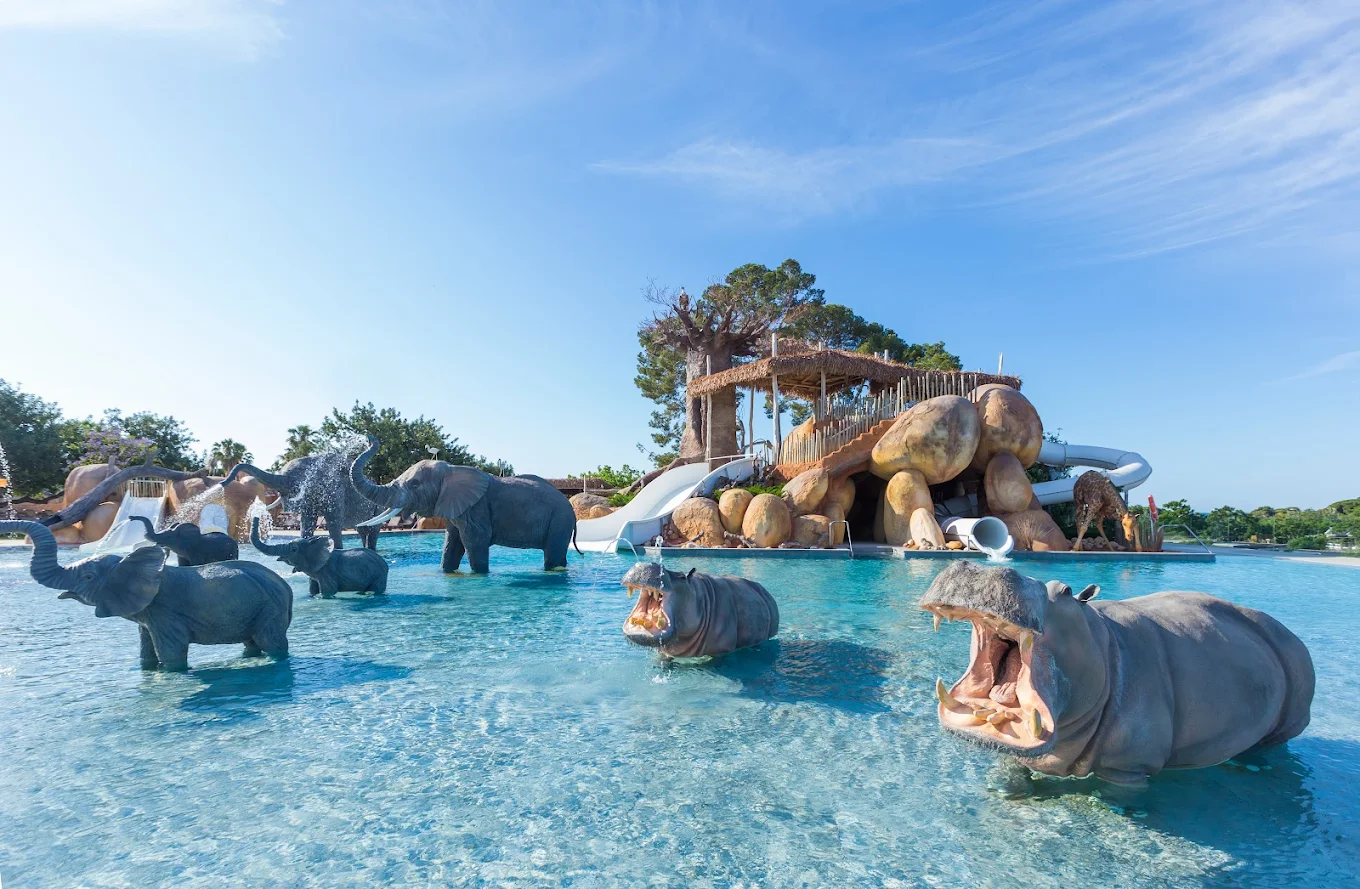Despite the fact that Barcelona is one of the most popular tourist destinations in the world, the city tops the ranking of the 50 most polluted ports in Europe. The Catalan capital tops the list for having the highest pollution caused by cruise ships.
The ranking revealed in the study by the NGO Transport and Environment in Brussels, refers to the ports with the highest emissions of sulfur oxide (a pollutant from ships), nitrogen oxides (NOx) and solid particulates.
Which European cities have the highest pollution caused by cruise ships?
According to the report the list is topped by Barcelona with 32.84 tons of SOx dumped during 2017. This data confirms that cruise ships emitted 4.8 times more SOx than the total SOx emitted into the atmosphere by Barcelona’s fleet of passenger cars.
The list is followed by:
- Palma de Mallorca (28 tons)
- Venice (27.5 tons)
- Civitavecchia, Southampton, Lisbon, Santa Cruz de Tenerife, Marseille, Las Palmas and Copenhagen.
In absolute terms, the countries most exposed in Europe to pollution from these maritime tourism giants are Spain, France, Italy, Greece and Norway: Spain, France, Italy, Greece and Norway.
Why Barcelona in the first place?
The reason is that the Catalan capital is the first port in Europe and the sixth worldwide, where the largest traffic of large cruise ships is registered. It also contributes to the fact that both the Mediterranean and Barcelona coasts lack the protection of Emission Control Areas (ECAs). This results in less stringent levels of sulfur emissions in the area, affecting air quality.
In general, the International Maritime Organization prohibits ships from using fuel with a sulfur content of more than 3.5%. In the case of cruise ships, the cap is 1.5%.
Data from Spain and Barcelona
The results of the report by the NGO Transport and Environment confirm Barcelona as the city with the highest pollution caused by cruise ships.
The data reveal that the maritime tourism giants that in 2017 produced the most emissions are those of the Carnival Corporation group (Costa Cruises, P&C Cruises, AIDA). These cruise ships emitted ten times more sulfur dioxide (SO2) than that emitted by the 260 million passenger vehicles that currently exist in European countries with a sea. They were followed in order by Royal Caribbean International and Norwegian Cruise Line.
The City Council, the Generalitat and several NGOs are asking the State to establish an emissions control area to lower the admissible sulfur cap. If this protected atmosphere area (ECAs) were to be created in the Mediterranean, the fuel would have to have a maximum sulfur content of 0.1%.




